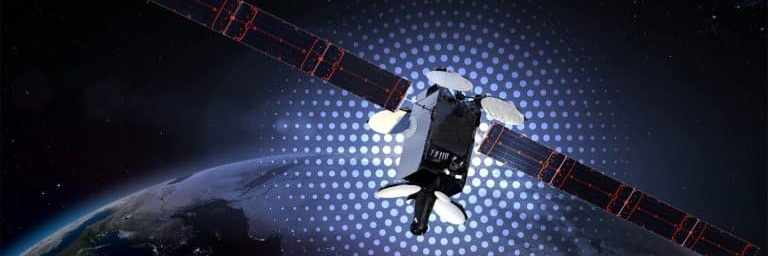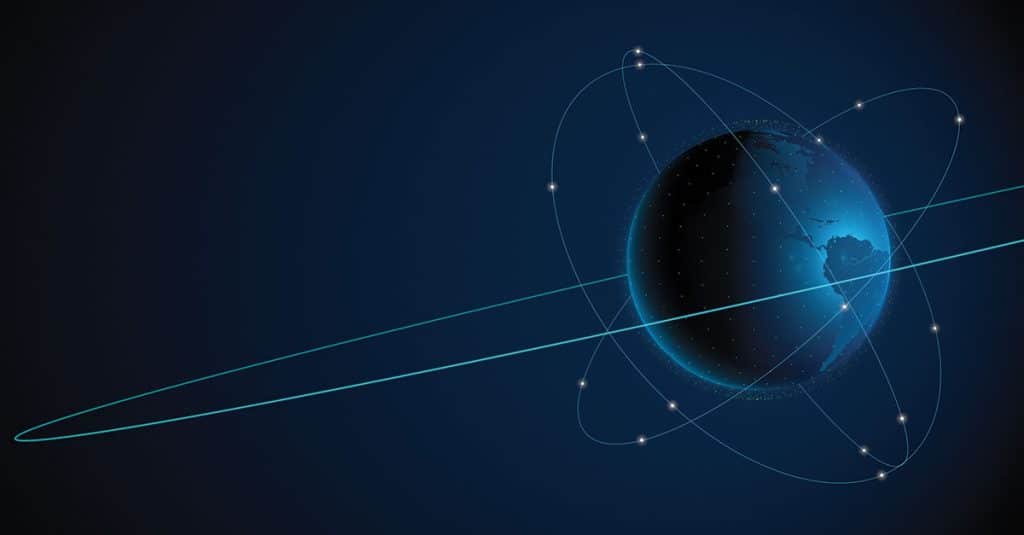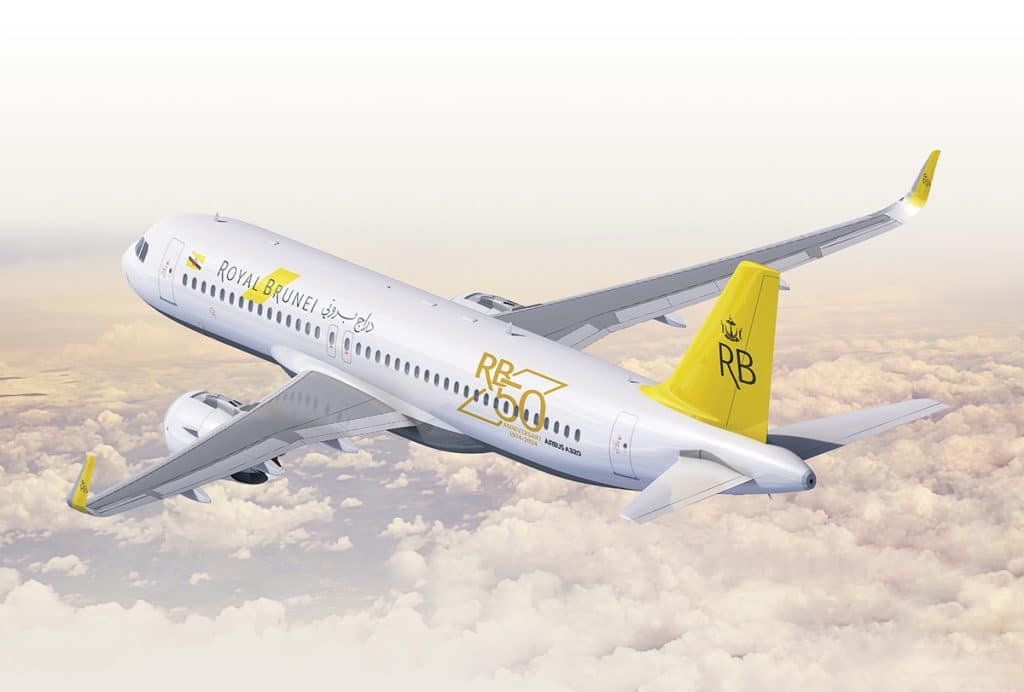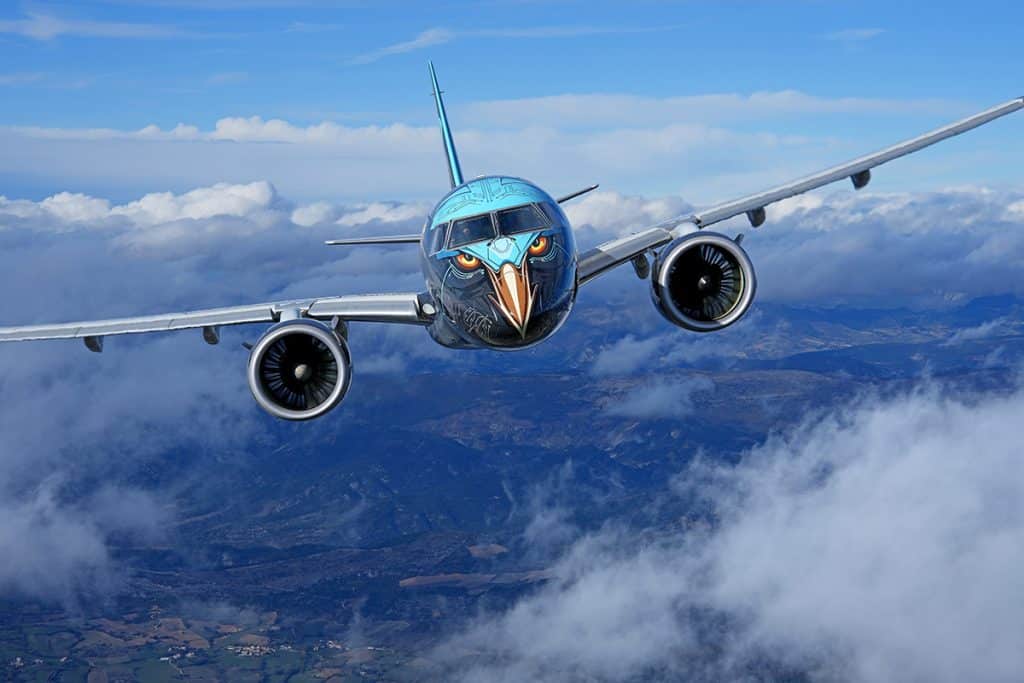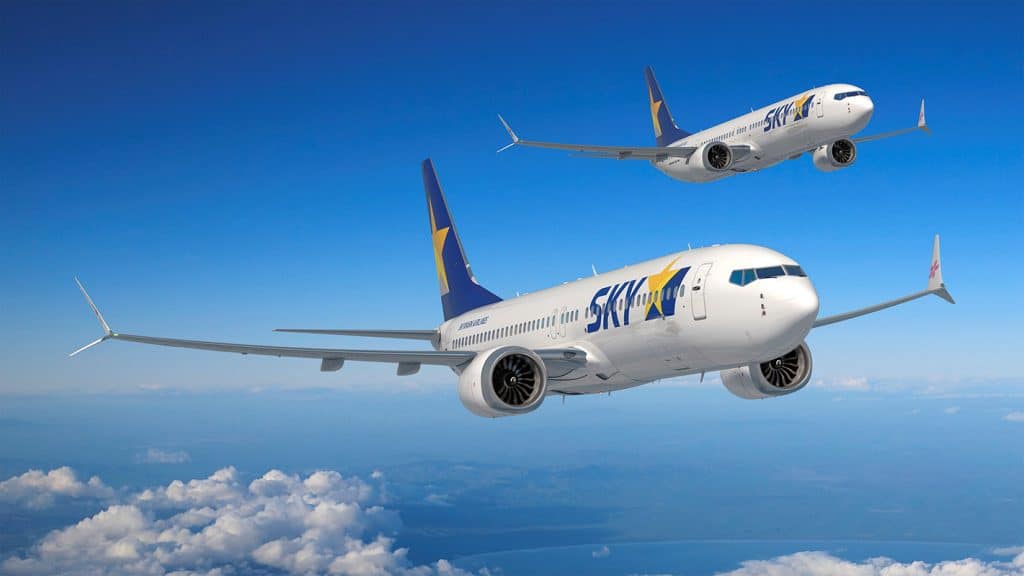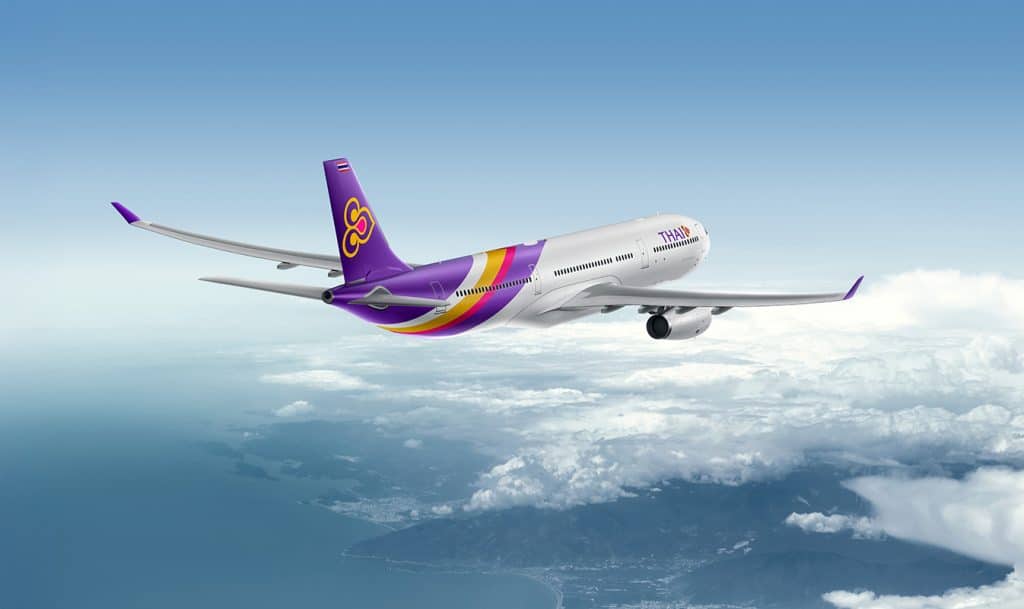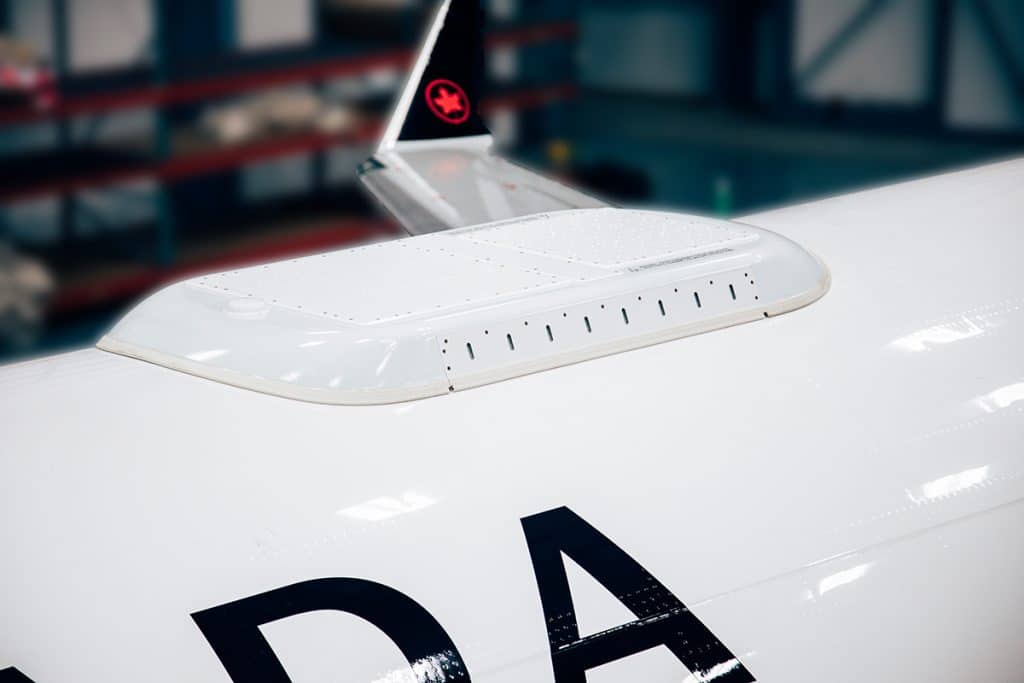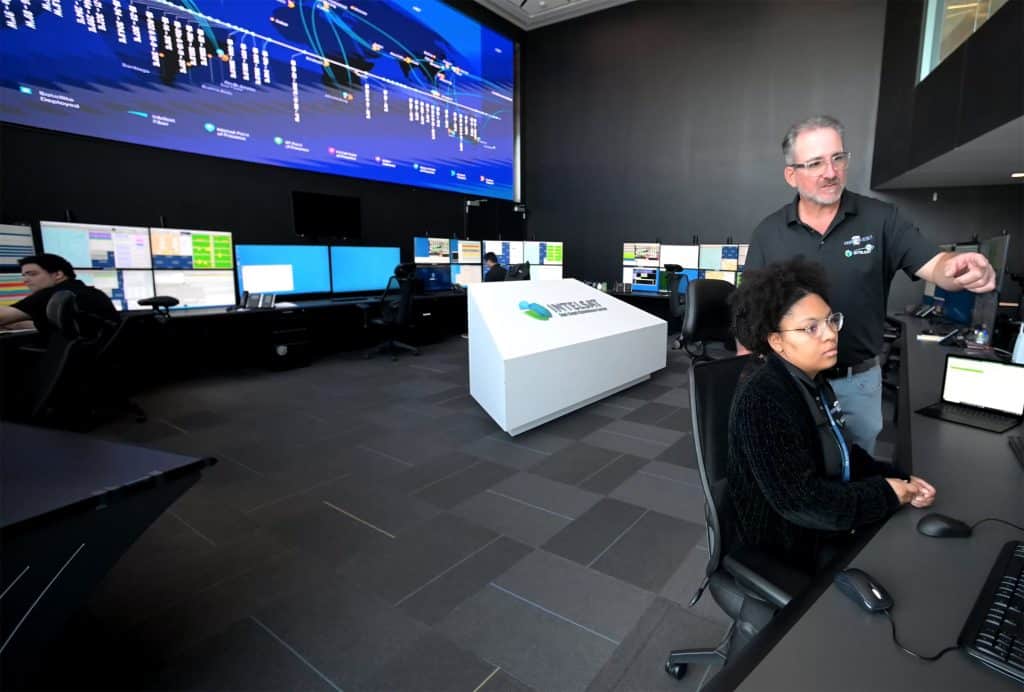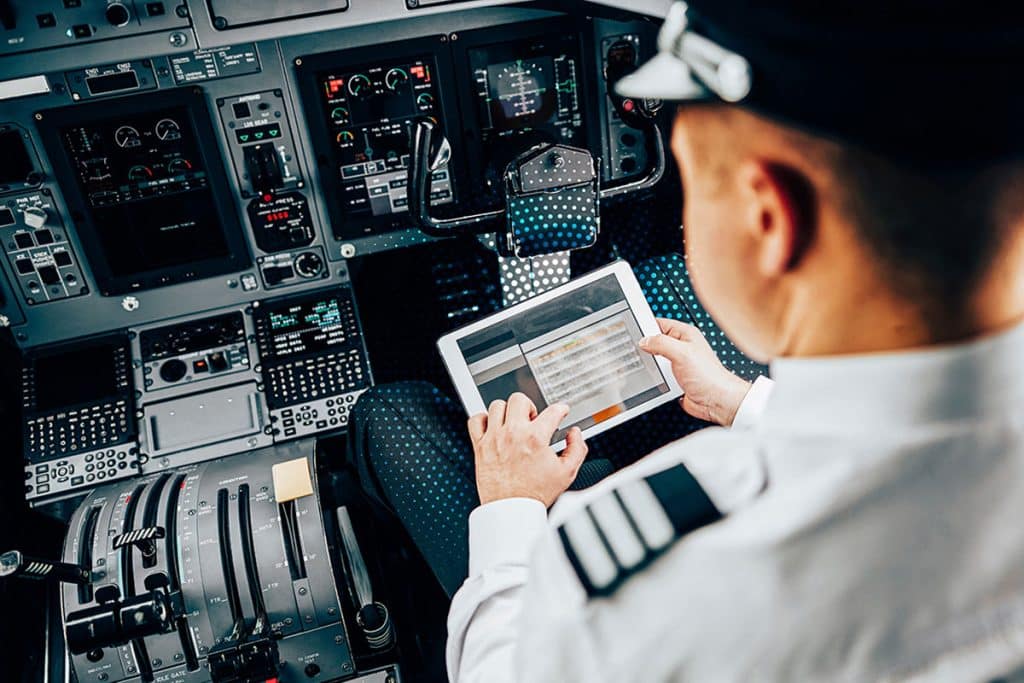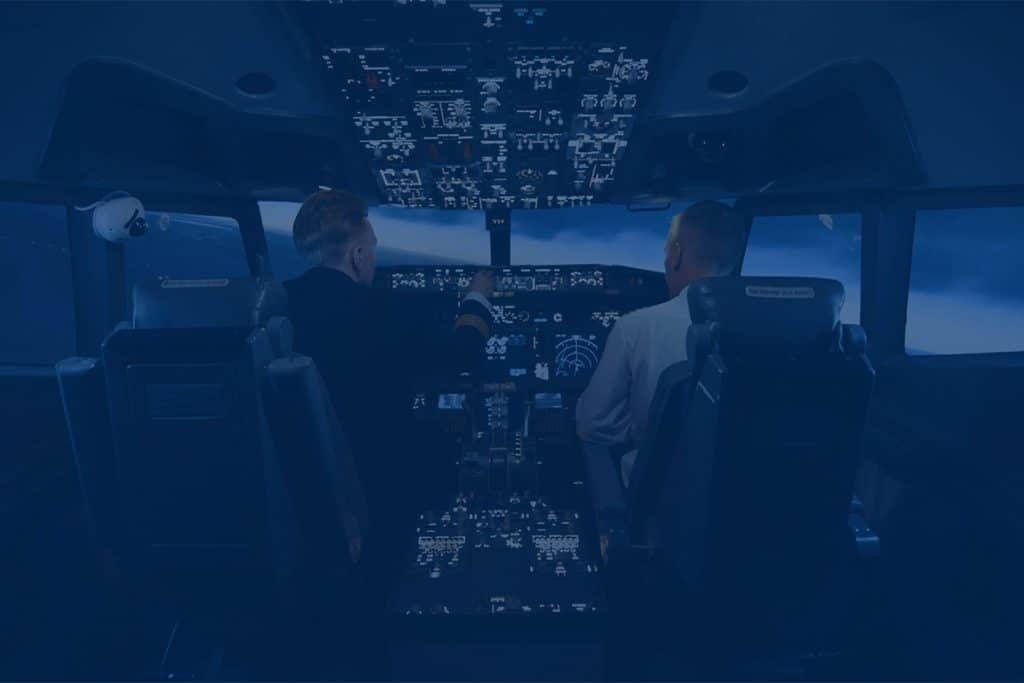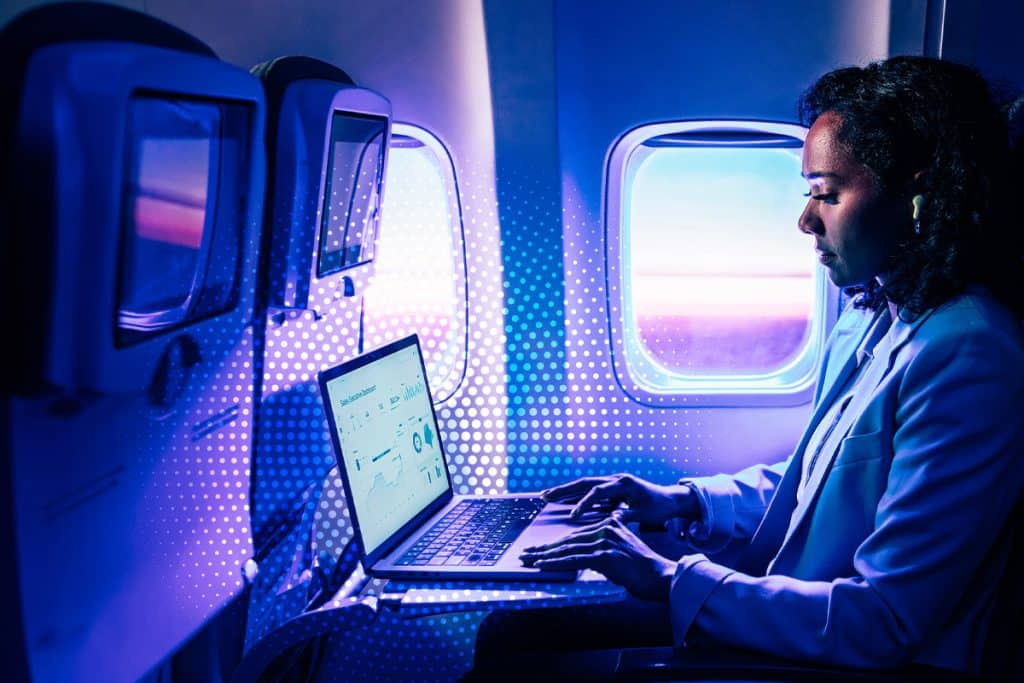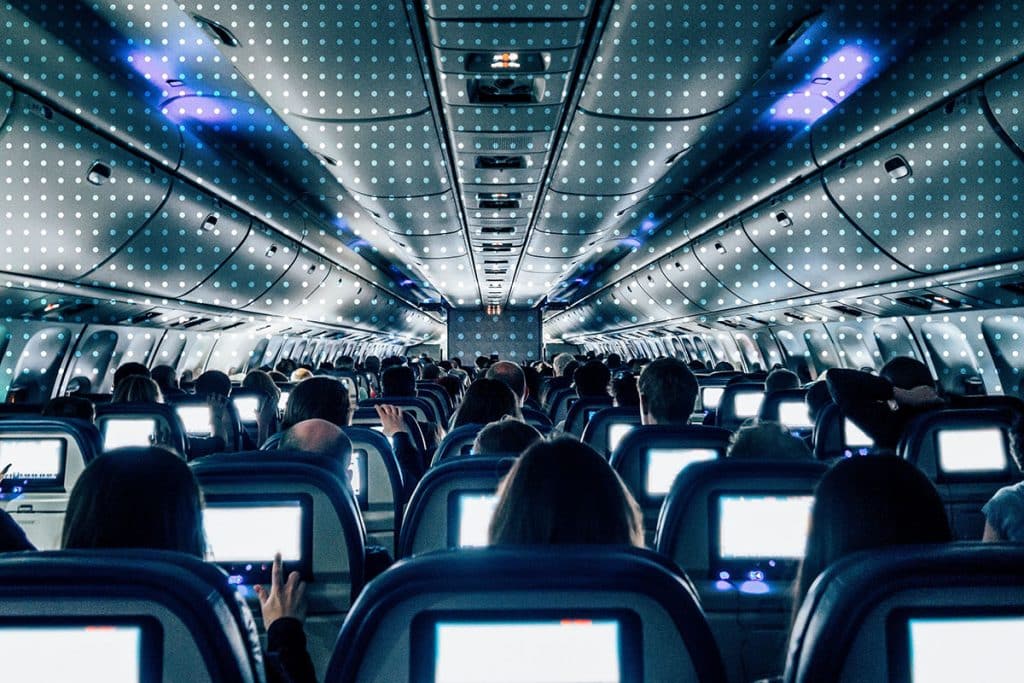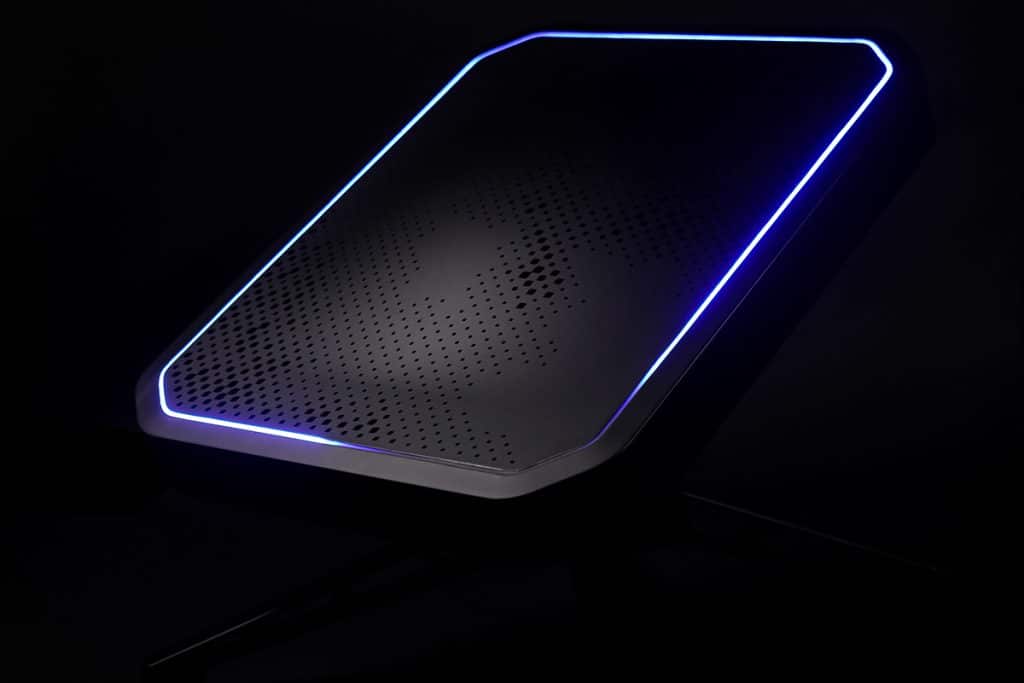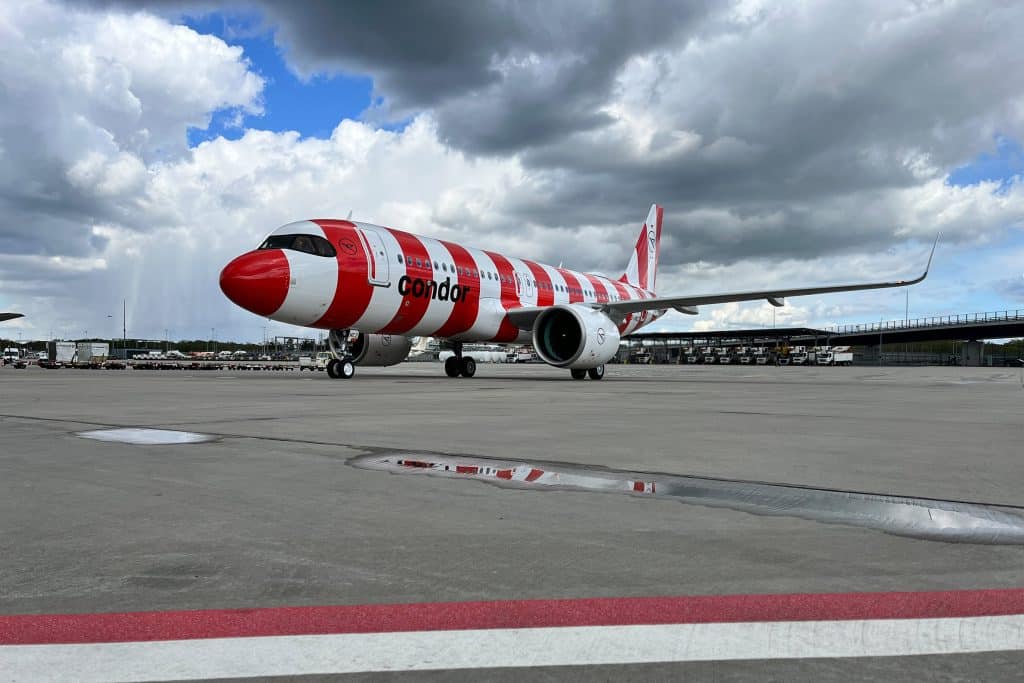Intelsat’s Partnership Approach Empowers Airlines with Customized, Industry-leading Connectivity Solutions
James Blackwell, VP of Key Accounts, Commercial Aviation
Demand for inflight connectivity (IFC) among business and leisure travelers continues to soar. However, the nature of passenger demand is changing, and each airline’s approach to serving that demand is unique.
Passengers are more discerning and increasingly focused on quality, reliability and the experience offered by the brands with which they align themselves. They not only expect their airline of choice to have inflight connectivity, but they also expect to be able to video stream, browse the internet with speed, access a myriad of entertainment options, engage across multiple social media channels, and even video conference. Essentially, today’s air traveler wants and expects to have the same experiences as they do on the ground, but at 30,000 feet in the air, going 600 miles an hour.
Commercial airlines are experts in planning routes, managing capacity, and moving people from one point to another. They also understand the importance of delivering an exceptional inflight experience that evolves with the changes in demand and technology. While airlines are pretty savvy about keeping on top of the latest developments in inflight connectivity technology, they also depend on establishing long-term partnerships with IFC solution providers, like Intelsat, to communicate the latest research and technology roadmap, especially as inflight experience has become a key driver of passenger loyalty.
By partnering with Intelsat, airlines can deliver an industry-differentiating connectivity experience while simultaneously monetizing investments in IFC technology to enhance business operations and generate new revenue streams.
Intelsat works closely with each airline partner and listens intently to understand their needs and deliver the right customized solution. By taking a consultative approach and working together on an ongoing basis, we learn what is most valuable and develop a connectivity strategy that helps airlines meet their respective goals.
Innovation moves at a blistering pace. Any consumer who has recently purchased a technology product knows that it doesn’t take long for that product to become outdated. The same applies to IFC technology.
Airlines that invest in off-the-shelf connectivity solutions will soon find themselves missing opportunities to increase engagement with their customers, unable to deliver personalized offers that make customers feel special, neglecting ways to unlock new revenues through advertising or partnership campaigns, and falling behind technologically as new multi-orbit connectivity options enhance quality and ubiquity of coverage in the most congested routes and across the pole.
There is no one-size-fits-all approach to an inflight connectivity strategy. Every airline is a unique brand, with different passenger compositions, business strategies, and therefore unique technology and connectivity requirements.
Larger carriers may want to offer connectivity services free of charge to their elite guests as a way of retaining loyal customers. Smaller, regional airlines may choose to charge a fee for different levels of access to generate incremental revenue. Others may see inflight connectivity as an opportunity to offer complementary products and services to their customers or to streamline other areas of the business, such as flight crew coordination, baggage handling, or inflight payments.
No matter the size of the airline, their connectivity ambitions, or whether they are just beginning their inflight connectivity journey or have established offerings, Intelsat’s long-term partnership approach means airlines are working with a team of experts that have been designing and delivering innovative IFC solutions since day one. As market conditions change, business priorities emerge, and technologies evolve, we work side-by-side with each airline customer, helping to extract maximum value from inflight connectivity investments today and into the future.





